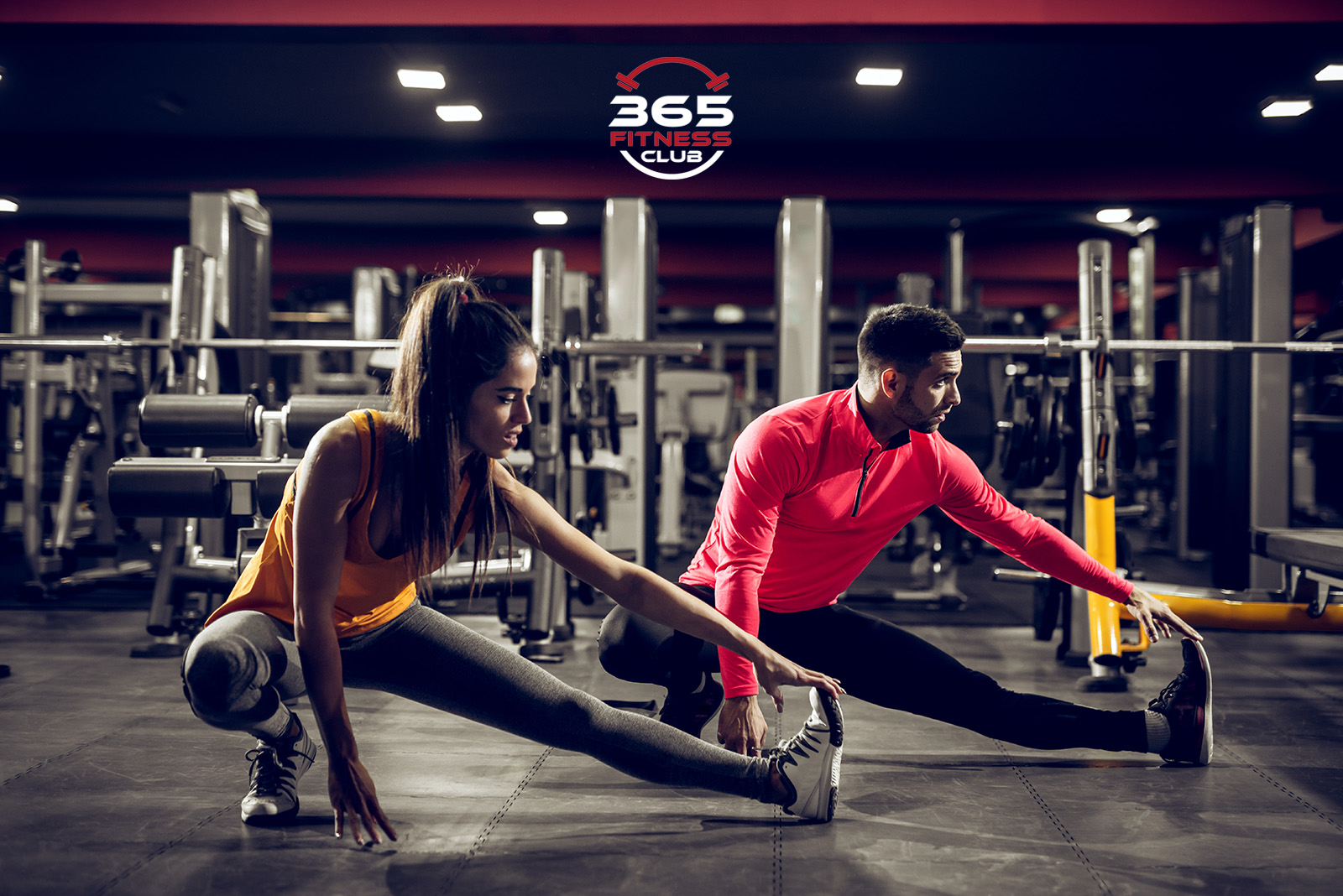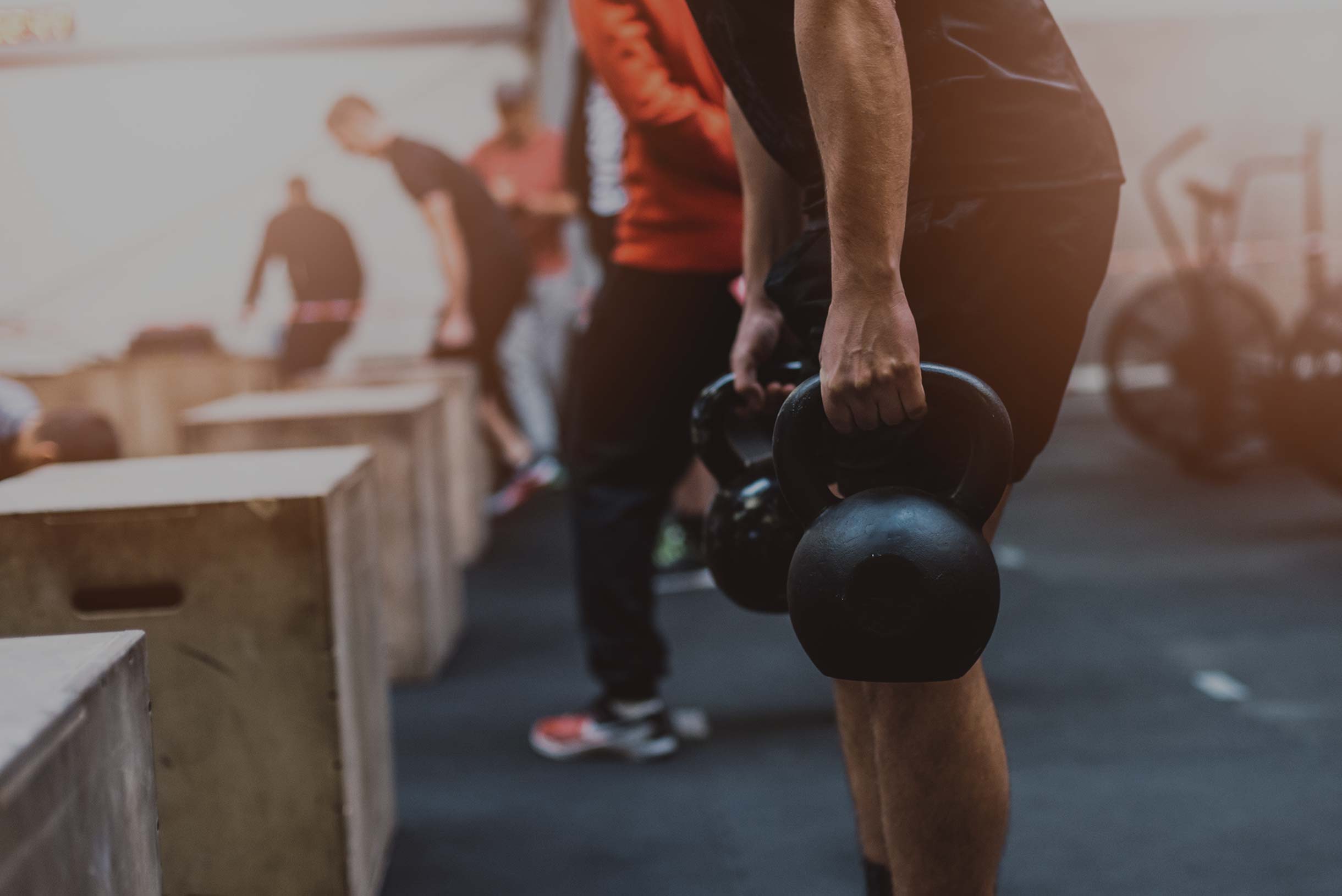
7 Reasons Why to Stretch
Stretching is an often overlooked component of stretching. Making stretching a habit could mean the difference between injury and long term fitness. Professional athletes that manage the flexibility of their body, are known to extend the longevity of their sporting careers.
- Flexibility
Improved flexibility enables increased range of motion for muscles and joints. For activities that require dynamic flexibility such as dancing, martial arts, tennis, soccer and basketball, improved flexibility is an integral component of athletic peak performance. - Injury Prevention
Preparing and warming muscles for physical activity decreases the chances of injury. Increased and improved mobility allows for fluid movement, therefore helping prevent ligament and muscle injury. - Improved performance on physical activities
Warming muscles prior to physical activities improves athletic performance. Range of motion, increased blood blow, are contributed through stretching. - Increased blood flow and circulation
With increased blood circulation, nutrients within blood is also distributed throughout the body. Increases in nutrient and blood circulation in the body improves recovery along with reducing soreness. - Improved posture
Tight muscles may cause poor posture. For individuals whose body positions are stagnant for long hours throughout the day such as office workers and drivers, this may contribute towards muscle imbalance of the chest, back, neck and hips. Stretching may relieve the tension in these areas. - Mental Health and Stress Relief
Stress can be correlated to muscle stiffness. Releasing tension in those areas with deep breathing can relax and calm the mind for a peaceful mindset. Concentrating on stretching and breathing provides a break from stresses that could be caused throughout the day. As a result this also helps to increase energy levels. - Muscular relaxation and reduced tension
Relaxing muscles helps to relax the mind. In sports that may experience a dramatic spike in both mental and physical fatigue, which is common in competitive sports, muscle relaxation helps to improve overall performance for athletes.

There are two common methods of stretching
- Static Stretching
Generally this stretching that involves holding a position for 10 to 30 seconds at a time. Static stretching is usually more beneficial as a cooling or warm down period after exercise. - Dynamic Stretching
This involves active movement, that causes muscles to stretch. Such as warming up to movements in a fluid type of movement. This form of stretching doesn’t necessarily involve holding the end position to stretch.
Depending on the activity, it is common to stretch and warm up 5-10 minutes before and after exercise. When stretching try to hold the stretch rather than bouncing in and out of the position. Also focus on the prominent muscle groups that assist in your mobility and tension release.
Share:






